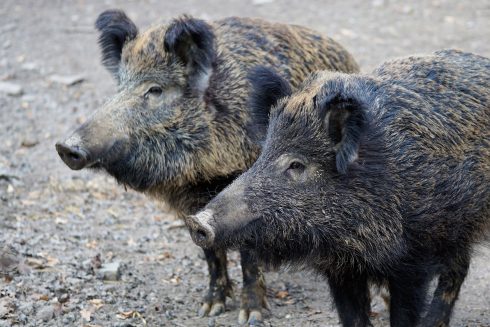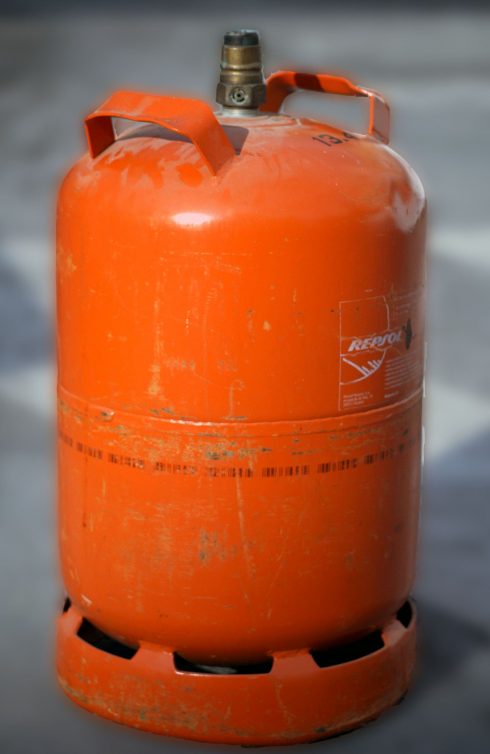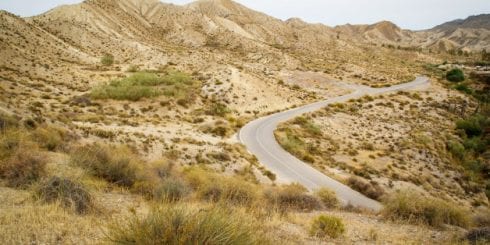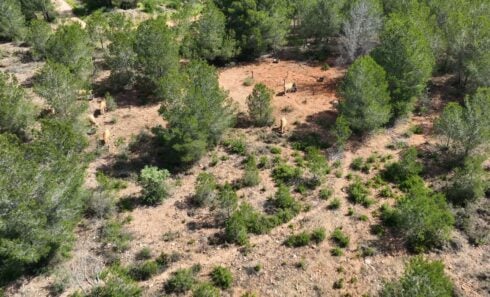FLAMINGOS from all along the Mediterranean and north African coast usually head to the Fuente de Piedra lagoon near Malaga every year to breed.
Unfortunately, the unprecedented drought has left very little water in the area, discouraging the flamingos that usually come to the area to reproduce.
In fact, the lack of rain paired with higher-than-usual temperatures in recent weeks have turned the area into a salt desert, and only a small group of a few dozen flamingos are holding out at a small end of the wetland which still has some water, leaving a very different image to what is usual at this time of year—salty white arid land instead of a sea of pink feathers.
According to the Regional Ministry of the Environment of the Junta, “in the current hydrological year, which began in October, Fuente de Piedra has collected 220 litres per square metre, which is half the usual rainfall for this time of year in the area.”
Although the wetland is a seasonal lagoon, which dries up every year, since it was turned into a nature reserve almost 40 years ago, in 1984, the only other years the lagoon has dried up so early was in 1995 and 1997.
Fortunately, Flamingos are experts at surviving in conditions which fluctuate considerably.
‘Scouts’ search out the most favourable breeding spots and report back, so that in years of drought alternative places are found.
These birds are able to fly up to 1,300 kms a day, so they are easily able to move to other wetlands where the conditions are more suitable for them to breed and raise their chicks.
READ MORE:
- Bird lovers encouraged to visit Fuente la Piedra and listen to spectacular trumpeting of cranes before they migrate North at the end of February
- Flamingos of the Laguna de Fuente de Piedra in Spain’s Malaga begin their breeding season
- Flamingos nest for first time ever in Torrevieja’s salt lake with at least 600 chicks born
Click here to read more Malaga News from The Olive Press.








